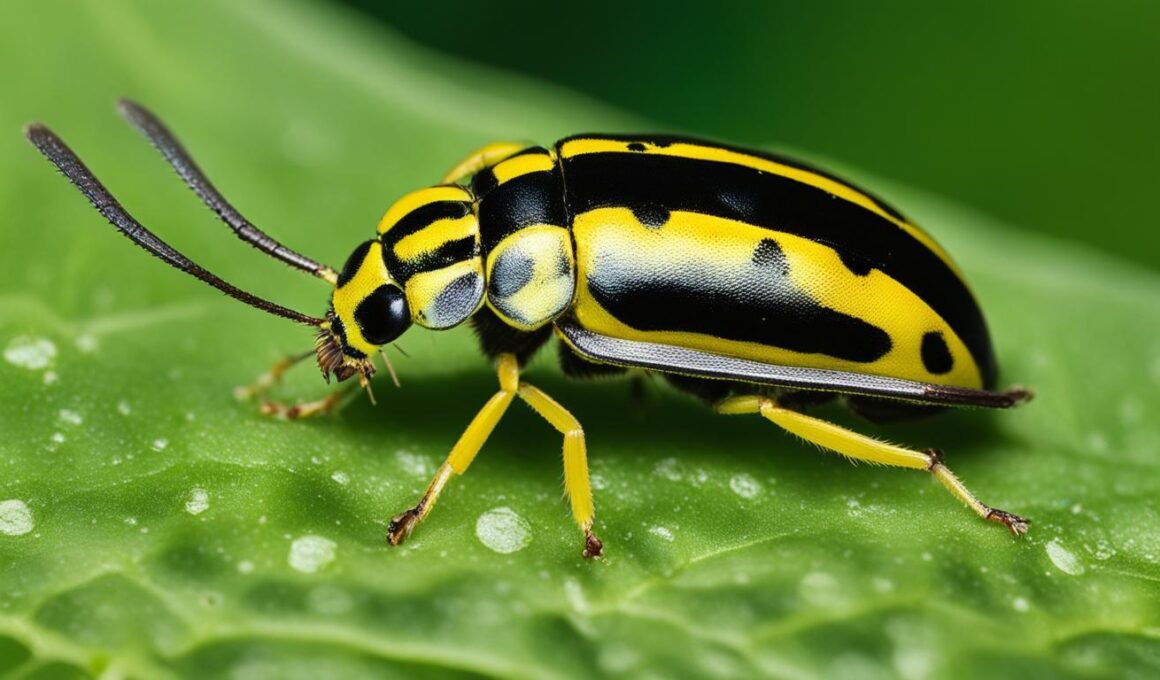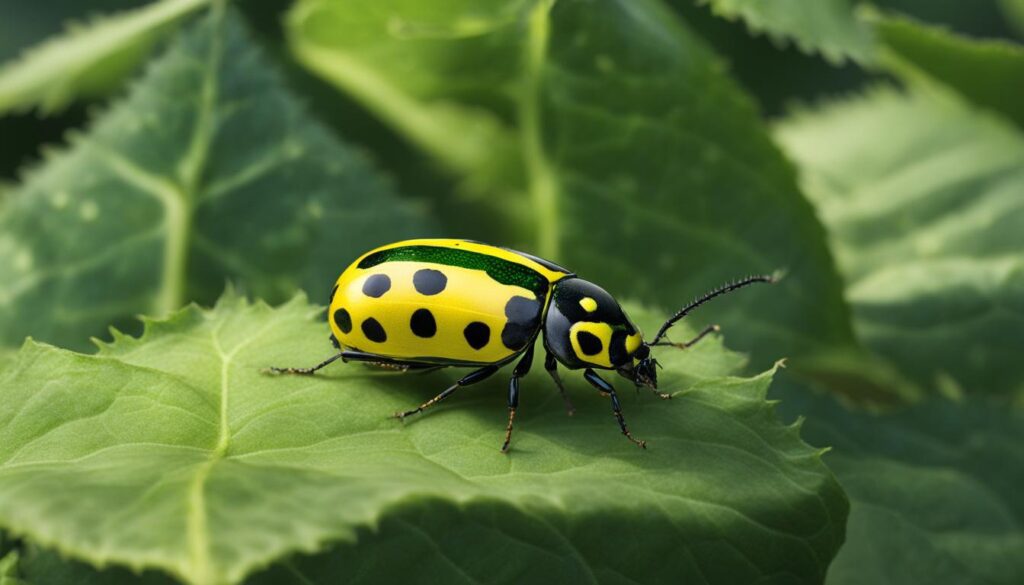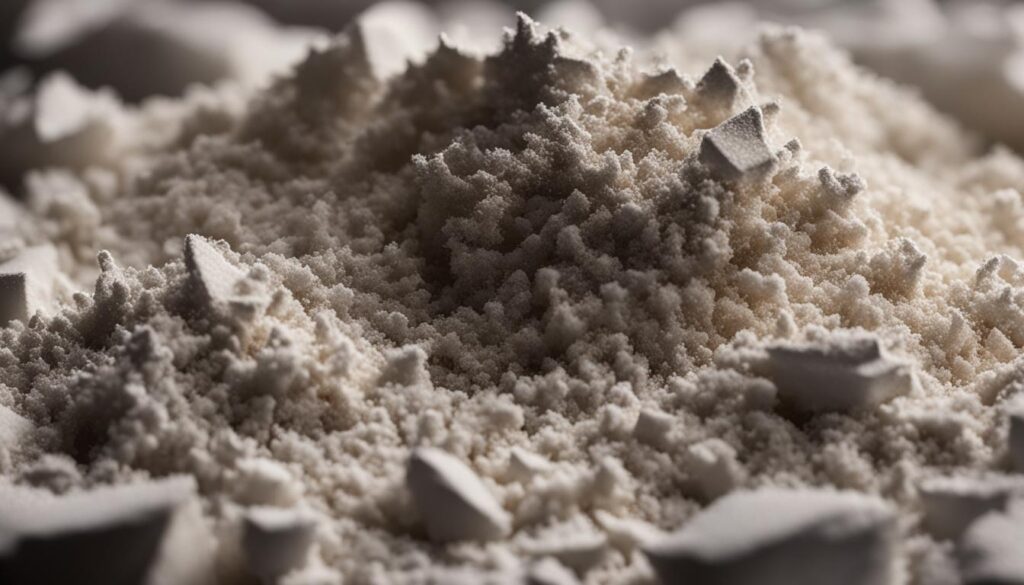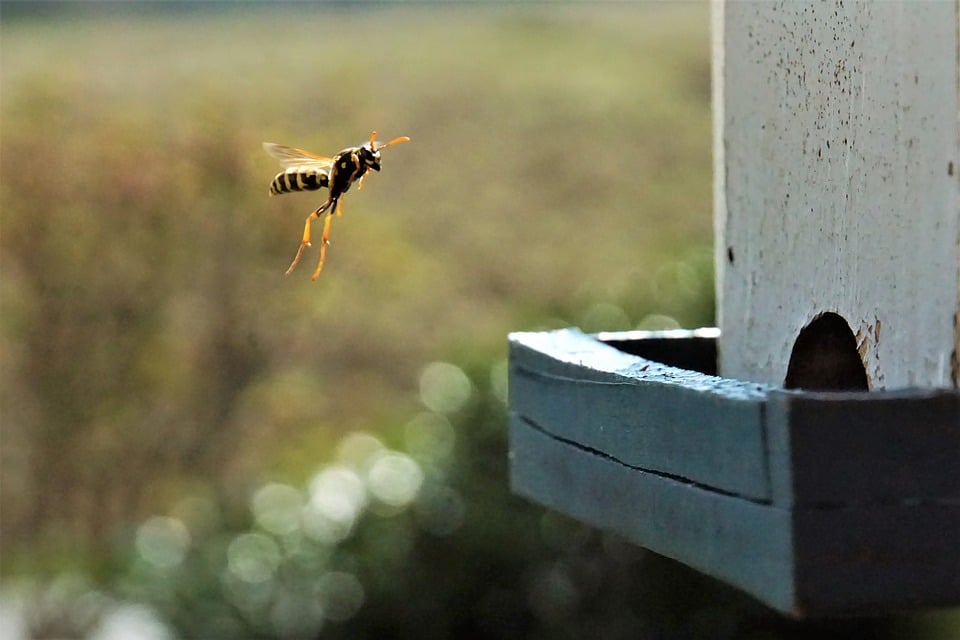If you’re an avid gardener, you know how devastating cucumber beetles can be to your plants. These garden pests can wreak havoc on your cucumber plants and other members of the cucurbit family. But fear not, because we have an effective guide to help you get rid of cucumber beetles and keep your garden healthy and pest-free.
Post Summary
- Cucumber beetles are destructive pests that can cause significant damage to your plants.
- Identifying cucumber beetles is crucial in order to effectively control them.
- Manual removal, using neem oil, and setting up traps are some of the effective methods to control cucumber beetles.
- Diatomaceous Earth and other organic pest control methods can also help in reducing the cucumber beetle population.
- By combining different strategies, you can keep your garden healthy and cucumber beetle-free.
Identifying Cucumber Beetles
Cucumber beetles are a common garden pest that can wreak havoc on your cucumber plants and other members of the cucurbit family. To effectively control these pests, it is important to be able to identify them. Cucumber beetles come in two main varieties: striped cucumber beetles and spotted cucumber beetles.
Striped cucumber beetles are easily recognized by their yellow color and three black stripes running along their backs. They can be quite destructive, feeding on plant leaves, flowers, and even fruits. Spotted cucumber beetles, on the other hand, are greenish-yellow with black spots and are slightly larger than their striped counterparts. These beetles also cause damage by feeding on plant foliage and transmitting bacterial wilt.
Identifying cucumber beetles is crucial because it allows you to take appropriate action to control their population. By being able to differentiate between striped and spotted cucumber beetles, you can choose the most effective methods to combat them and protect your plants from their destructive feeding habits.
Comparing Striped and Spotted Cucumber Beetles
| Characteristic | Striped Cucumber Beetles | Spotted Cucumber Beetles |
|---|---|---|
| Color | Yellow with black stripes | Greenish-yellow with black spots |
| Size | Smaller | Slightly larger |
| Damage | Feeds on plant leaves, flowers, and fruits | Feeds on plant foliage, transmits bacterial wilt |
Now that you know how to identify striped and spotted cucumber beetles, you can take the necessary steps to protect your cucumber plants from these destructive pests. By implementing effective pest control methods, you can ensure a healthy and bountiful harvest of cucumbers.
Manual Removal of Cucumber Beetles
One method to control cucumber beetles is through manual removal. You can pick off the beetles from your plants and squash them by hand. This method helps to physically remove the pests from your garden, reducing their population and potential damage to your crops.
When manually removing cucumber beetles, it’s important to be thorough and vigilant. Inspect your plants regularly, especially during the early morning or late evening when the beetles are most active. Look for the distinct markings of striped or spotted cucumber beetles and carefully pluck them off the leaves and stems.
After removing the beetles, it’s crucial to dispose of them properly. Squashing them or dropping them into a container filled with soapy water can ensure they won’t return to your garden. However, keep in mind that manual removal may not be entirely effective, as some beetles may be missed, and new beetles can quickly appear.
Advantages of Manual Removal
- Immediate reduction of beetle population
- Minimizes damage to crops
- Organic and chemical-free method
- Allows for closer inspection of plants
Manual removal is a hands-on approach to controlling cucumber beetles. By physically removing the pests from your garden, you can actively protect your crops and minimize the risk of infestation.
Using Neem Oil as an Insecticide
When it comes to organic gardening and pest control, neem oil is a highly effective natural insecticide that can help you get rid of cucumber beetles. Derived from the seeds of the neem tree, neem oil is safe to use around humans and pets while still providing powerful pest-repelling properties. The bitter taste and garlicky smell of neem oil act as a deterrent for insects, including cucumber beetles.
To use neem oil as an insecticide, you can create a foliar spray by mixing it with water and a small amount of liquid soap. The soap helps the oil to mix evenly with the water and adhere to the plant surfaces. Simply spray the solution onto your cucumber plants, ensuring full coverage of all leaves and stems. This will help protect your plants from cucumber beetles and other garden pests.
One of the benefits of using neem oil is that it not only repels cucumber beetles but also disrupts their life cycle. Neem oil can prevent the beetles from laying eggs and suppress the growth of larvae. This helps to control the population of cucumber beetles in your garden over time. Regular applications of neem oil every 7-14 days can provide ongoing protection for your cucumber plants.
It’s important to note that neem oil should be applied when the weather is calm, and temperatures are below 90 degrees Fahrenheit. Avoid spraying neem oil on plants during the peak heat of the day, as this can potentially cause leaf burn. Additionally, it’s recommended to test a small area of your plants before applying neem oil to the entire garden to ensure there are no adverse effects.
Benefits of Using Neem Oil:
- Safe for organic gardening
- Repels cucumber beetles and other garden pests
- Disrupts the life cycle of cucumber beetles
- Can be used as a foliar spray
- Provides ongoing protection with regular applications
By incorporating neem oil into your organic pest control routine, you can effectively combat cucumber beetles and keep your cucumber plants healthy and thriving.
Setting Up Cucumber Beetle Traps
One effective method to catch and control cucumber beetles is by setting up cucumber beetle traps. These traps are designed to attract the beetles and prevent them from causing damage to your cucumber plants. There are two options for setting up these traps – DIY traps or pre-made traps.
If you prefer to make your own traps, you can use yellow solo cups and adhesive. Simply attach the cups to stakes or place them directly in your garden. The bright yellow color mimics the color of squash and cucumber blossoms, which are attractive to the beetles. You can also add a sticky substance to the cups to ensure that the beetles get caught once they land on them.
Alternatively, pre-made traps are available for purchase. These traps are specifically designed to attract cucumber beetles and come with a lure that draws them in. The traps usually have a sticky surface that catches the beetles, reducing their population in your garden.
Benefits of Cucumber Beetle Traps
- Catch and control cucumber beetles: The traps effectively catch and reduce the population of cucumber beetles in your garden, preventing them from causing damage to your plants.
- Easy to set up: Whether you choose to use DIY traps or pre-made traps, setting up cucumber beetle traps is a simple process that can be done by any gardener.
- Environmentally-friendly: Cucumber beetle traps do not rely on harmful chemicals or pesticides, making them a safe and organic method of pest control.
Using cucumber beetle traps alongside other organic methods, such as manual removal and the use of natural insecticides, can help keep your cucumber plants healthy and free from destructive pests. Remember to regularly check and clean the traps to ensure their effectiveness in controlling cucumber beetles.
| Type of Trap | Advantages | Disadvantages |
|---|---|---|
| DIY traps | – Inexpensive – Can be customized – Easy to set up |
– May require frequent maintenance – Limited trapping capacity |
| Pre-made traps | – Designed specifically for cucumber beetles – High trapping capacity – Low maintenance |
– More expensive than DIY traps – Limited customization options |
Using Diatomaceous Earth as an Organic Insecticide
If you’re looking for a natural and effective way to control cucumber beetles in your garden, consider using Diatomaceous Earth. This fine, white powder made from fossilized remains of diatoms can be a powerful organic insecticide. Diatomaceous Earth is safe for humans and pets but deadly to pests with exoskeletons, like cucumber beetles.
The beauty of Diatomaceous Earth lies in its microscopic structure. The powder is composed of sharp microscopic edges that pierce through the exoskeleton of pests, causing them to dehydrate and die. When applied to your cucumber plants and the surrounding soil, Diatomaceous Earth acts as a barrier that deters and kills cucumber beetles.
To use Diatomaceous Earth, simply sprinkle a thin layer on the leaves of your cucumber plants and around the base. Be sure to reapply after rainfall or watering to maintain its effectiveness. When using Diatomaceous Earth, it’s important to wear a mask to avoid inhaling the dust particles.
Benefits of Using Diatomaceous Earth:
- Effective organic pest control for cucumber beetles
- Safe for humans, pets, and beneficial insects
- Long-lasting protection when applied correctly
- Environmentally friendly alternative to chemical insecticides
When using Diatomaceous Earth as an organic insecticide, it’s essential to follow the instructions and precautions on the product packaging. Additionally, it’s wise to conduct a patch test on a small area of your cucumber plants before widespread application to ensure they do not have any adverse reactions.
By incorporating Diatomaceous Earth into your pest control regimen, you can effectively combat cucumber beetles without introducing harmful chemicals into your garden. Remember to monitor your plants regularly and combine the use of Diatomaceous Earth with other organic methods, such as manual removal and trap crops, for optimal results.
Other Organic Methods of Pest Control
While manual removal, neem oil, and cucumber beetle traps are effective methods for controlling cucumber beetles, there are other organic strategies you can implement in your garden to further reduce their population. By combining different approaches, you can create a comprehensive and sustainable pest control plan.
Delayed Planting
One technique to deter cucumber beetles is to delay planting your cucurbit crops. By waiting to plant until later in the season, you can avoid the peak period when cucumber beetles are most active. This reduces the likelihood of your young plants being infested and gives you a better chance at a beetle-free harvest.
Row Covers
Using row covers is another effective method to protect your cucumber plants from beetles. Row covers are lightweight, breathable fabrics that you can place over your plants, creating a physical barrier that keeps the beetles out. The covers allow sunlight, water, and air to reach your plants while preventing pests from accessing them.
Companion Planting
Companion planting is the practice of growing different plants together to mutually benefit each other in the garden. When it comes to cucumber beetles, certain plants can act as natural repellents. For example, planting radishes, marigolds, or tansy near your cucumber plants can help deter beetles. These companion plants produce scents or chemicals that make the area less attractive to cucumber beetles.
Trap Crops
Another technique is to use trap crops to lure the cucumber beetles away from your main crops. Trap crops are sacrificial plants that are more attractive to pests than your desired plants. By planting varieties that cucumber beetles prefer, such as squash or melons, away from your cucumbers, you can divert the beetles to these trap crops. Regularly monitor and remove the beetles from the trap crops to prevent them from spreading to your main plants.
| Method | Advantages | Disadvantages |
|---|---|---|
| Delayed Planting | Reduces cucumber beetle infestation, higher chances of a beetle-free harvest | May require adjusting planting schedules, may result in later harvest |
| Row Covers | Creates physical barrier, prevents beetle infestation | Requires careful installation and monitoring, can impede pollination |
| Companion Planting | Natural repellent, organic solution | May require space for companion plants, effectiveness may vary |
| Trap Crops | Diverts beetles away from main crops, protects desired plants | Requires additional space, regular monitoring and maintenance |
Implementing a combination of these organic methods can help you effectively manage cucumber beetles and protect your cucumber plants. Choose the strategies that suit your gardening preferences and experiment with different approaches to find what works best for your specific situation. With patience and persistence, you can successfully control cucumber beetle populations in a natural and environmentally friendly way.
Conclusion
Controlling cucumber beetles and preventing their infestation is crucial for maintaining a healthy and thriving garden. By implementing a combination of effective pest control methods, you can successfully keep these destructive pests at bay.
Start by manually removing the beetles from your plants, but remember that this method may not eliminate all of them. To enhance your efforts, use neem oil as a natural insecticide. Its bitter taste and garlicky smell repel cucumber beetles, providing an extra layer of protection for your plants.
Additionally, consider setting up cucumber beetle traps to catch and reduce their population. DIY traps made from yellow solo cups or pre-made traps can effectively lure and trap these pests, preventing them from causing further damage to your garden.
Lastly, consider using diatomaceous earth, a fine powder that acts as an organic insecticide. Sprinkle it on your plants and soil to deter and kill cucumber beetles. This safe and natural method can help control the beetle population without harming humans or pets.
Remember, the key to successful cucumber beetle prevention is to combine these methods and implement other organic pest control strategies. From delaying planting to using row covers, companion planting, and trap crops, there are various ways to keep your garden cucumber beetle-free while maintaining a healthy and thriving environment for your plants.
FAQ
What are cucumber beetles?
Cucumber beetles are destructive pests that can cause significant damage to cucumber plants and other members of the cucurbit family.
How can I identify cucumber beetles?
There are two main varieties of cucumber beetles: striped cucumber beetles, which have a yellow color with three black stripes, and spotted cucumber beetles, which are greenish-yellow with black spots. They can be easily identified by their distinct markings.
How can I manually remove cucumber beetles?
One method to control cucumber beetles is through manual removal. You can pick off the beetles from your plants and squash them by hand. However, this method may not be entirely effective as some beetles may be missed, and new beetles can quickly appear.
Can I use neem oil to repel cucumber beetles?
Yes, neem oil is a naturally occurring pesticide that can be used to repel cucumber beetles. It is derived from the seeds of the neem tree and is effective in organic gardening. Neem oil has a bitter taste and garlicky smell that repels insects. It can be used as a foliar spray to protect plants from pests.
How can I set up cucumber beetle traps?
Cucumber beetle traps can be an effective way to catch and control these pests. DIY traps can be made using yellow solo cups and adhesive, or pre-made traps can be purchased. The traps mimic the color of squash and cucumber blossoms to attract the beetles, and they come with a lure to draw them in. The sticky surface of the trap catches the beetles, reducing the population in your garden.
Is Diatomaceous Earth effective against cucumber beetles?
Yes, Diatomaceous Earth is a fine, white powder made from fossilized remains of diatoms. It can be used as an organic insecticide to control cucumber beetles. Sprinkling Diatomaceous Earth on the plants and soil can deter and kill the beetles. It is effective against pests with exoskeletons and is safe for humans and pets.
Are there other organic methods to control cucumber beetles?
Yes, in addition to manual removal and using neem oil and cucumber beetle traps, there are other organic methods to control cucumber beetles. Delaying planting, using row covers, companion planting with plants that repel beetles, and planting trap crops can all help reduce the cucumber beetle population in your garden.
How can I effectively control and get rid of cucumber beetles?
By combining methods such as manual removal, using organic insecticides like neem oil and Diatomaceous Earth, setting up traps, and implementing other organic pest control measures, you can keep your cucumber plants and garden healthy and cucumber beetle-free.
Can Nematodes Help with Getting Rid of Cucumber Beetles?
Using beneficial nematodes in gardening can be an effective method for getting rid of cucumber beetles. These microscopic organisms can invade the bodies of the beetles, ultimately killing them. This natural and eco-friendly solution can help protect your cucumber plants from destructive beetle infestations.













